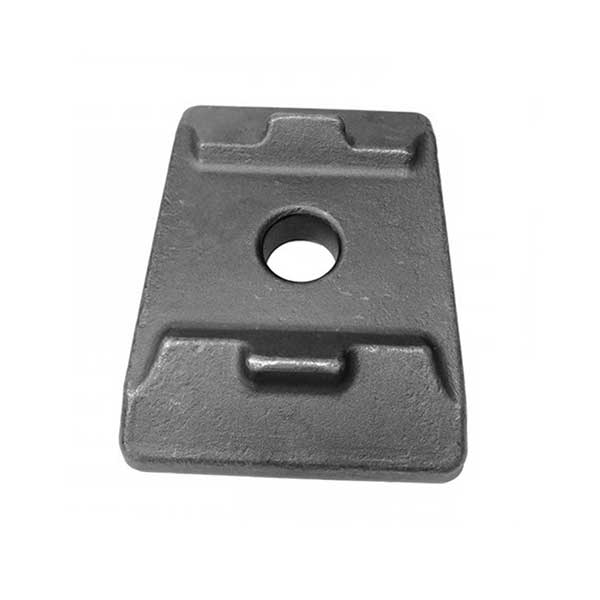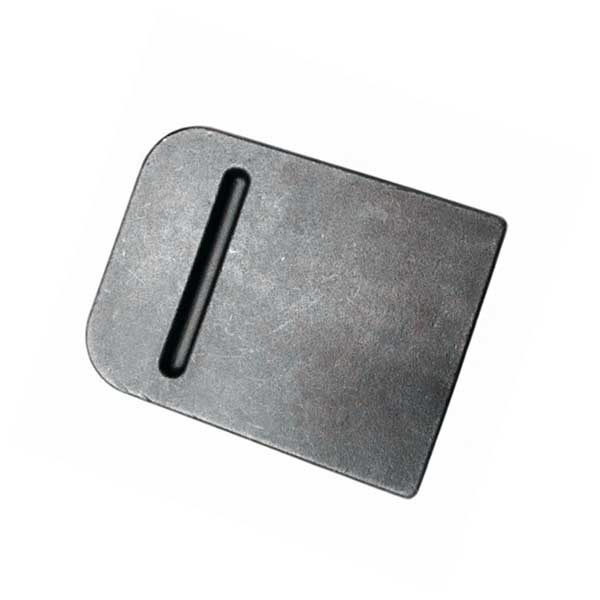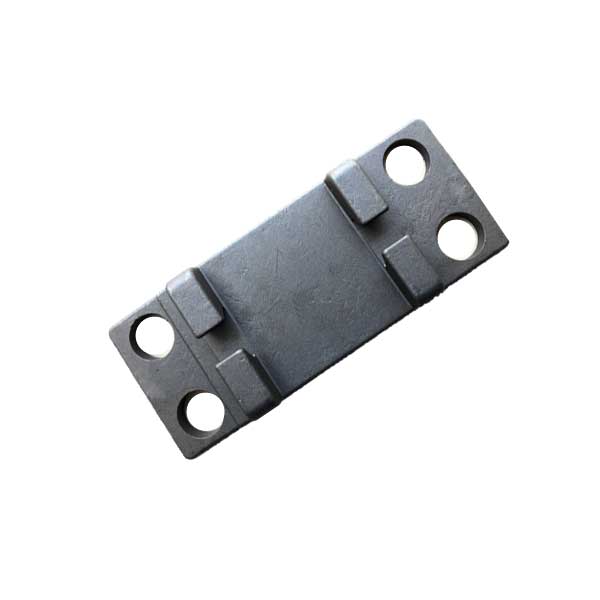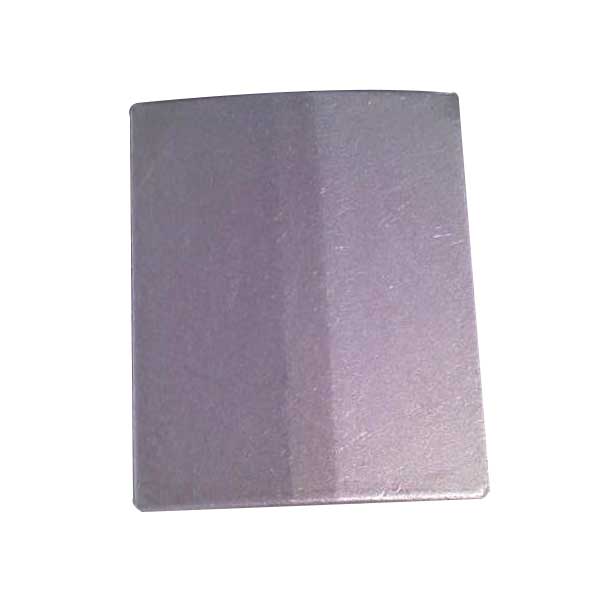First, the damage form of die forging cushion
1.Mechanical wear
In hot forging production, the plastic deformation of the high temperature billet has a sharp metal flow with respect to the surface of the mold. Due to the friction, the surface of the mold can be ground, resulting in the mold: the upper flange is blunt and the concave mold is expanded. In addition, the combined stress of the shear stress and compressive stress of the metal flow can shear the surface of the mold into small grooves, resulting in mechanical wear.
When there is oxide scale or the surface of the mold is oxidized, the mechanical wear of the mold is accelerated, especially when the temperature of a part of the mold is too high, the surface is softened due to tempering or the like. In this case, in addition to the increased wear, the softened portion is “washed” out of the larger grooves by the high-speed flowing metal.
Wear will not only deteriorate the surface quality of the die, but also change the size of each part of the die. This is the main form of die damage. According to domestic and foreign statistics, mechanical wear is in all scrapped forging die and press die. The amount is about 70%, of which the proportion is the highest.
2.Fatigue crack
Due to the different structure of the forging die, the stress state at each point is also different. Under the action of the periodic load, when the stress at some points in the forging die exceeds the fatigue limit, fatigue cracks will occur there and grow up. To a certain degree of fatigue cracks, the forging die is fatigue-destroyed under the action of peak stress. The fatigue crack is another major form of forging die damage, which accounts for about 25% of the scrapped die.
The fatigue crack is easy to occur at the corner of the bottom of the die which is subjected to a large bending moment, and its extension direction and impact direction are 45, and the circular section of the mold sidewall and the mold: the bottom of the crucible is partially broken.
3.Hot cracking
The surface of the mold is repeatedly heated and cooled as the forging production process progresses, and the heat exchange stress of stretching and compression is applied inside the material, so that the crystals in the metal structure generate gaps (intergranular cracks) and local deformation, resulting in minute The reticular crack, that is, the thermal crack, most of which occurs in the mold where the deformed metal flows slowly. ;
4.Plastic deformation
The high-speed flow of the deformed metal in the mold can soften or mold a certain part (such as a boss) to soften in the surrounding of the hot metal due to the intense frictional heat effect.
It causes plastic deformation under the action of high temperature and high pressure. In addition, during the die forging process, if the strength of the die steel is insufficient, the mold wall is plastically deformed.
5.Brittle failure
When the forging die is overloaded; the equipment and forging die are faulty. Violation of the process rules and defects in the mold material will cause brittle damage, brittle damage is an “accident” and should be avoided as much as possible.
Second, the correct choice of die forging cushion material
In the hot forging production, the mold is subjected to large impact force or pressure repeatedly under high temperature, and it is continuously heated and cooled repeatedly, and the working conditions are very bad. Therefore, the forging die material is required to have high high temperature strength, hardness and wear resistance. Sexual impact toughness, but also have high thermal fatigue strength and thermal stability.
The selection of mold materials should be determined according to the type of equipment, the complexity of forgings, forging, manufacturing methods and production batches. The forging temperature of general structural steel billets is 1150~ 1250C, and various forging equipment have different forming speeds, the die forging hammer is 5~6m/s, the screw press is 3~4m/s, and the forging press is 0.8~0.9m/ s, so the contact time of the blank on the surface of the mold is different. In general, when die forging on a press, the biggest danger of the mold is overheating, and when forging on the hammer, it is overloaded. The energy of overload is the source of crack formation, and the larger impact speed is the driving force of crack extension. When using forging material, it must be fully considered.
- Die steel for die forging hammer
Due to the high impact load of the die forging hammer, the steel with high impact toughness should be selected, such as 5CNMo die steel, but the 5CNMo steel has low heat resistance, and the combined die can be used. The mold body uses 5CNMo, and the insert uses 4CrMoSN 1 steel.
- Die steel for forging press
Compared with the hammer, the forging press has a small impact and the hot billet has a long contact time with the mold. It is necessary to select a mold steel with high heat resistance, such as 4Cr: MoSIV, 4CrMoSiV 1, 5Cr2NMoVSi, ceramic precision forging die, and the like.
Ceramic precision forging die, less domestic use in bulk, but more foreign applications. The advantage is that the production cost of the forging die is greatly reduced, and the comprehensive cost can be reduced by 40% to 50%.
In addition, when selecting Die forging cushion materials, the size of the production batch of forgings should also be considered. When the quantity is small, it is not necessary to use expensive mold steel, and the mold can be made of structural steel such as 45, 40Cr, which can reduce the mold manufacturing cost. Reduce the cost of forgings.




